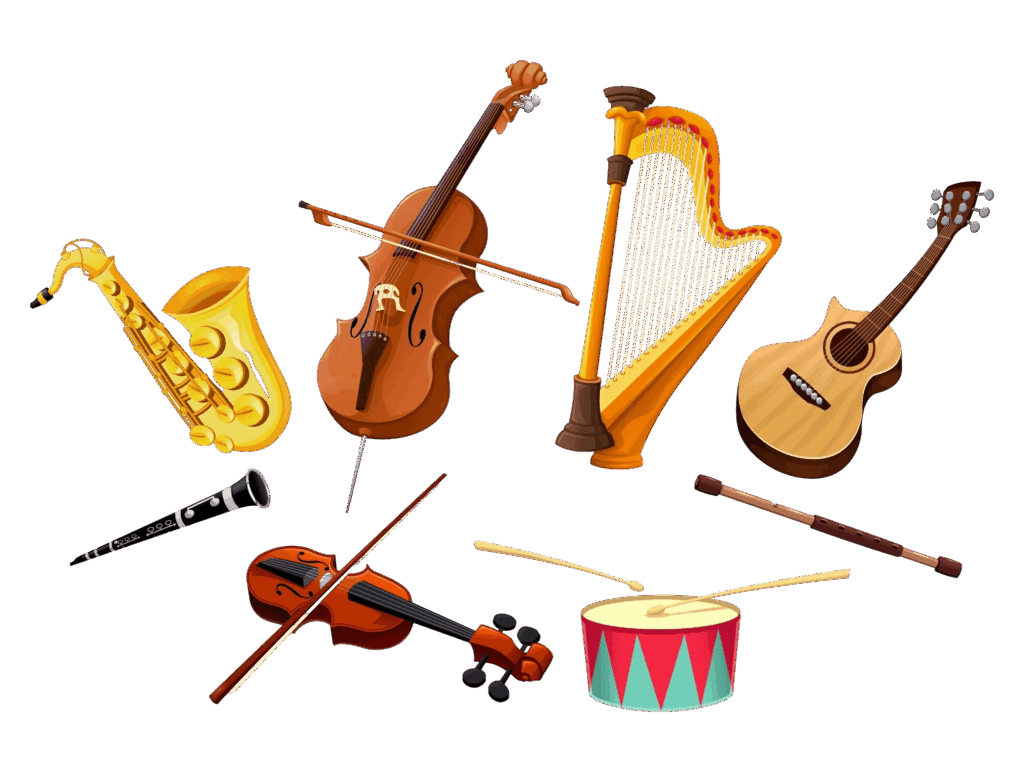Music has always been a universal language, transcending borders, cultures, and time. At the heart of this art form are musical instruments—tools that help musicians bring their creative visions to life. But in today’s digital age, traditional sounds are being reimagined through virtual instruments, opening up endless possibilities for both beginners and professionals.
What Are Musical Instruments?
Musical instruments are physical devices designed to produce sound. They fall into several categories:
-
String instruments like guitars, violins, and sitars
-
Wind instruments such as flutes, clarinets, and saxophones
-
Percussion instruments like drums and tablas
-
Keyboard instruments including pianos and harmoniums
Each type of instrument offers a unique voice and character, shaping the music we hear in different genres—from classical to jazz to folk and pop.
Rise of Virtual Instruments
Virtual instruments are software-based tools that replicate the sounds of real instruments using digital technology. These instruments can be used inside a Digital Audio Workstation (DAW) like Logic Pro, Ableton Live, or FL Studio. Instead of recording a live guitar, for example, a producer can load a virtual guitar plugin and play realistic sounds with a MIDI keyboard.
Why Virtual Instruments Are Revolutionizing Music
-
Affordable and Accessible
A full orchestra can now live inside your laptop. You don’t need thousands of dollars or a massive studio to create professional music. -
High-Quality Sounds
Advanced sampling and modeling technology allows virtual instruments to sound almost identical to their real counterparts. -
Endless Variety
You can play a Japanese koto, African djembe, or cinematic synths—all within one software suite. -
Ease of Use
You don’t need to master a physical instrument to create complex compositions. With a few clicks, you can experiment with hundreds of tones.
How Virtual Instruments Work
Most virtual instruments use samples—recordings of real instruments at different pitches and dynamics. These are triggered by MIDI notes from a keyboard or controller. Some use physical modeling, simulating how sound behaves inside an actual instrument.
For example, a virtual violin will have samples of every note, recorded with various bowing techniques. When you press a key, the software plays the right sample with realistic expression. Free online musical instruments help you learn music from home
Best Uses of Virtual Instruments
-
Film Scoring
Create lush orchestras, dark atmospheres, or intense action music—all without hiring a full band. -
Electronic Music Production
Use synths, basses, and drum machines to craft dance, EDM, or hip-hop tracks. -
Home Recording Studios
Layer pianos, strings, guitars, and more using a simple computer setup. -
Educational Tools
Teachers use virtual instruments to help students learn music theory and composition interactively.









